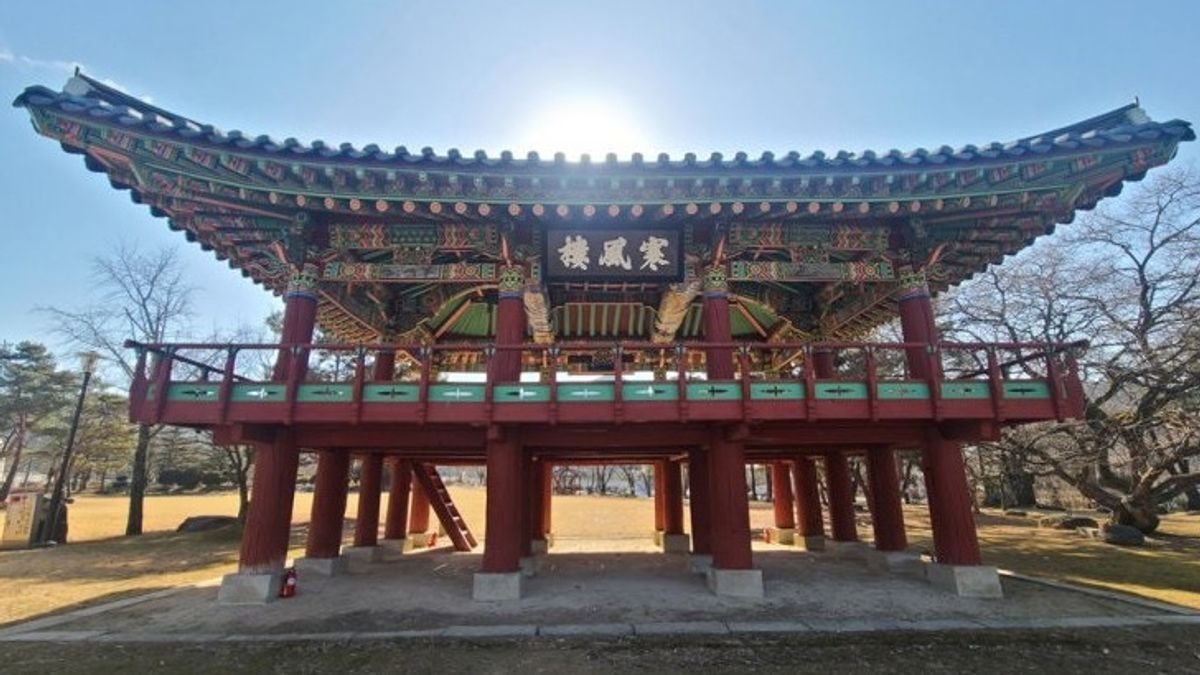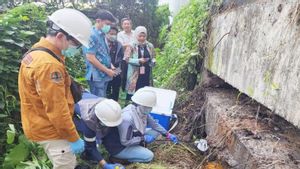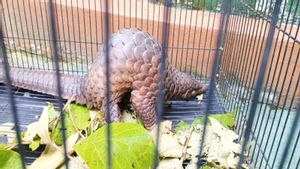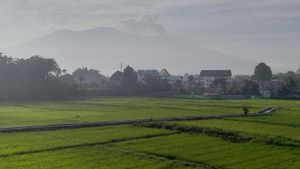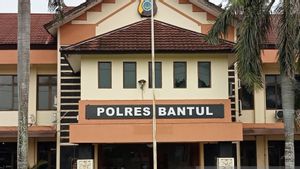JAKARTA - South Korean authorities have designated two buildings from the Joseon Dynasty, which ruled from 1392 to 1910 as cultural heritage as well as national treasures.
The Cultural Heritage Administration said the two relics were the Hanpung Pavilion in Muju, as well as the Stupa at Hoem Temple located in Yangju.
"The pavilion was built using materials that date back to the early Joseon period and were used by civil servants at that time", the Cultural Heritage Administration said as reported by the Korea Times, Tuesday, April 20.
"The pavilion nameplate is known to have been written by Han Seok-bong, one of the most famous medieval Joseon period calligraphers", continued the administration.

Damaged and restored after the Japanese invasion in 1592-1598, the classic floor of this heritage pavilion shows a distinctive architectural style from the 17th century.
"For the stupa, it was built by a royal palace and includes a sharira, as well as showing various characteristics of Buddhist art. The large stupa is well maintained", explained the administration.
To note, the Joseon Dynasty which means 'Great Chosun Country', is a Korean royal dynasty that lasted for approximately five centuries.
The Joseon dynasty became Korea's last dynasty and Confucianism's longest-reigning dynasty. Founded by Yi Seong-gye in July 1392, the dynasty ended in 1910 during the era of Emperor Sunjong, following the Japanese occupation.
The English, Chinese, Japanese, Arabic, and French versions are automatically generated by the AI. So there may still be inaccuracies in translating, please always see Indonesian as our main language. (system supported by DigitalSiber.id)
